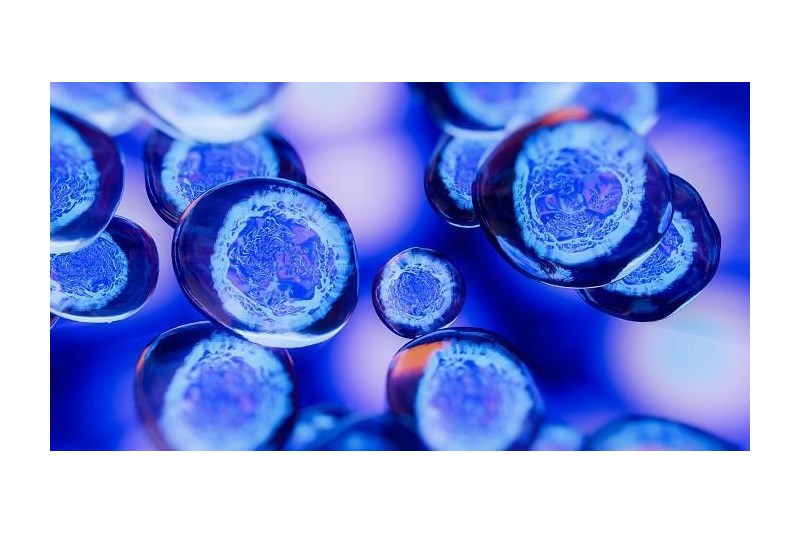Researchers ask how tooth cells learn to organise and grow
Published: 12/04/2024
Researchers have analysed how cells in an embryonic incisor tooth function and learn to specialise. The authors believe the results could help better understand how oral tissue grows.
Navigating the complex streets of some cities is certainly difficult without maps. We use all sorts of information, from maps on our cell phones to familiar stores and landmarks, to know where we are. Cells in our bodies face a similar problem when building our organs during embryogenesis. They need instructions on where to go and how to behave. Luckily, like cell phone towers in a city, embryos feature special cells in specific locations, known as organisers, that send signals to other cells and help them organise to build our complex organs.
Some of these signals are molecules sent from the organiser, a privileged signalling centre. Cells around it receive stronger or weaker signals depending on their location, and they take decisions accordingly. Errors in the location of these messaging centres in the tissue lead to embryonic malformations that can be fatal.
Scientists have known the relevance of these signalling centres for a long time, but how these appear at specific locations remained elusive.
It took an international collaboration of physicists and biologists to pinpoint the answer. Several years ago, the laboratories of Ophir Klein at Cedars-Sinai Guerin Children’s and the University of California, San Francisco (UCSF), and Otger Campàs at the Physics of Life Excellence Cluster of TU Dresden and the University of California, Santa Barbara (UCSB), had a hint of how it may work and joined forces. Together, they figured out that it is the mechanical pressure inside the growing tissue that dictates where the signalling centre will emerge.
Ophir Klein, co-corresponding author of the study, said, “Our work shows that both mechanical pressure and molecular signalling play a role in organ development.”
The study, published in Nature Cell Biology, shows that as cells grow in the embryonic incisor tooth, they feel the growing pressure and use this information to organise themselves.
Neha Pincha Shroff, a postdoctoral scholar in the School of Dentistry at UCSF, and co-first author of the study, said, “It’s like those toys that absorb water and grow in size. Just imagine that happening in a confined space. What happens in the incisor knot is that the cells multiply in number in a fixed space and this causes a pressure to build up at the centre, which then becomes a cluster of specialised cells.”
Like people in a crowded bar, cells in the tissue start feeling the squeeze from their peers. The researchers found that the cells feeling the stronger pressure stop growing and start sending signals to organise the other surrounding cells in the tooth. They were literally pressed into becoming the tooth organiser.
Otger Campàs, co-corresponding author of the study, a professor and chair of tissue dynamics at the Physics of Life Excellence Cluster of TU Dresden, said, “We were able to use microdroplet techniques that our lab previously developed to figure out how the buildup of mechanical pressure affects organ formation,” “It is really exciting that tissue pressure has a role in establishing signalling centers. It will be interesting to see if or how mechanical pressure affects other important developmental processes.”
Embryos use several of these signalling centres to guide cells as they form tissues and organs. Like building skyscrapers or bridges, sculpting our organs involves tight planning, much coordination and the right structural mechanics. Failure in any of these processes can be catastrophic when it comes to building a bridge, and it can also be damaging for us when growing in the womb.
“By understanding how an embryo forms organs, we can start to ask questions about what goes wrong in children born with congenital malformations,” said Ophir. “This work may lead to additional research into how birth defects are formed and can be prevented.”
Author: N/A













